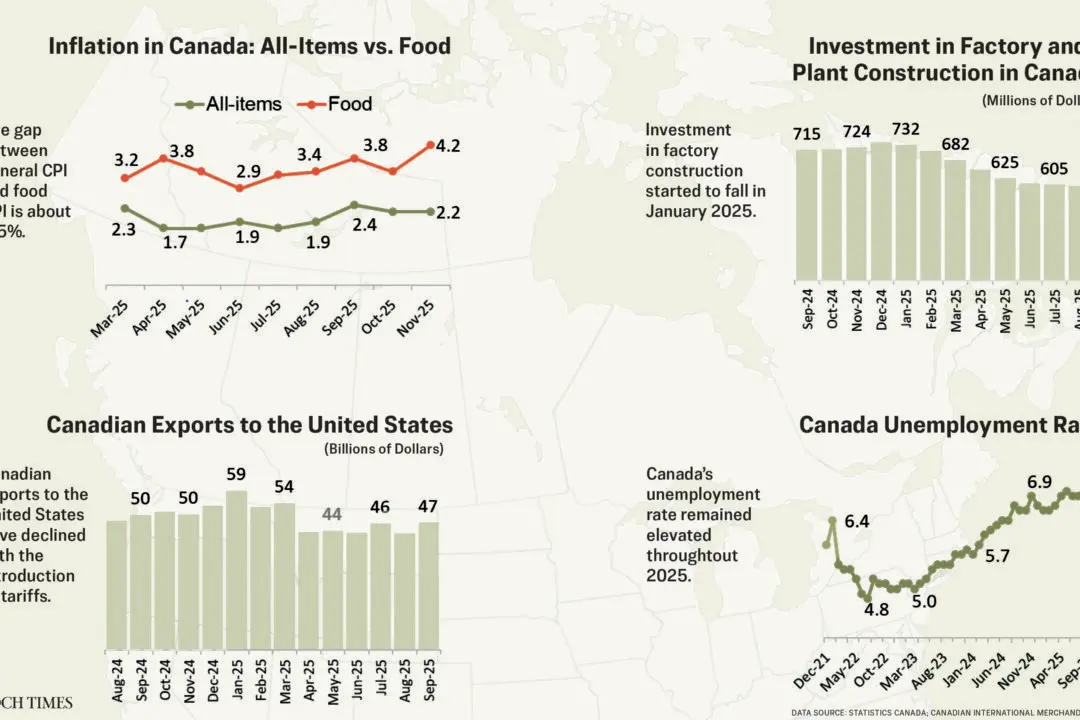The Parliamentary Budget Officer (PBO) says the federal government’s estimate of five years for it to break even on subsidies to auto giants Volkswagen and Stellantis was “wildly optimistic,” citing the PBO’s recent report that found it would take more than 20 years.
The federal government relied on a report by the non-profit group The Trillium Network for their claim, but Yves Giroux told MPs on the Standing Committee on Industry and Technology Thursday that the Trillium report contained “a lot of assumptions.”





